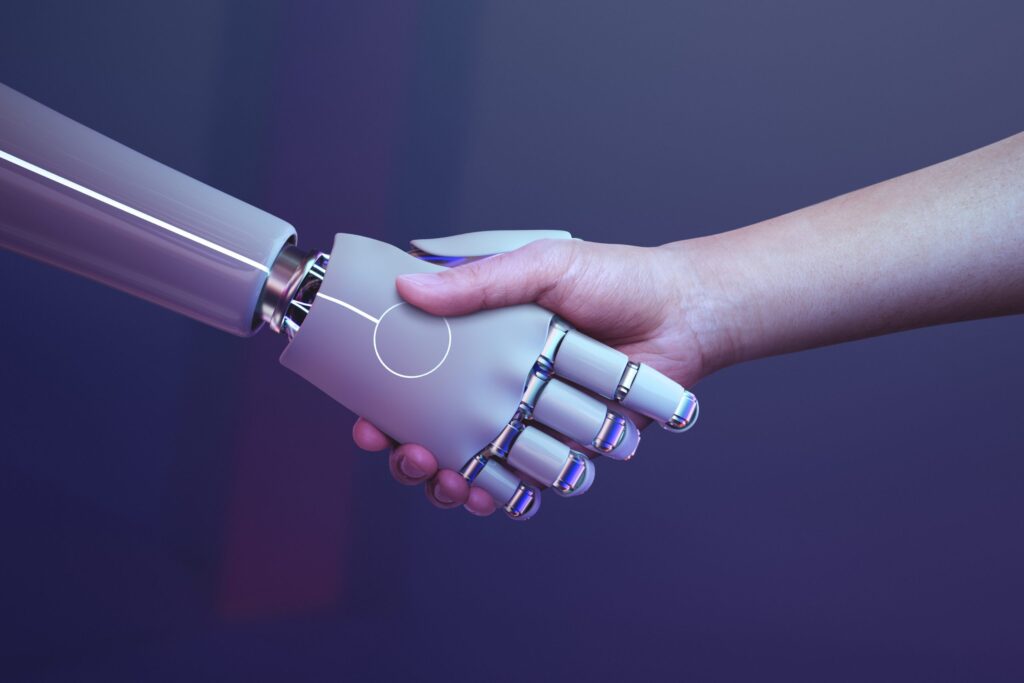In today’s increasingly interconnected world, the need to translate content quickly and accurately has become a key factor for businesses looking to expand globally. With advancements in artificial intelligence (AI), machine translation tools have improved significantly, offering speed and accessibility. However, human translation remains the preferred choice in many cases due to its accuracy, cultural adaptation, and contextual understanding. Which is the best option for your business? In this article, we analyze the advantages and disadvantages of both alternatives.

Advantages and Disadvantages of Machine Translation
AI-based translation tools, such as Google Translate or DeepL, have revolutionized the way businesses handle languages. Here are some of their main advantages:
Advantages
- Speed: Machine translators can process large volumes of text in seconds, enabling instant translation of documents and communications.
- Lower cost: Compared to hiring professional translators, AI tools can be more economical, especially for businesses with tight budgets.
- Accessibility: Anyone with internet access can use these tools without requiring specialized training.
Disadvantages
- Lack of accuracy: Despite improvements, AI still struggles with linguistic nuances, specific jargon, and idiomatic expressions.
- Lack of contextual understanding: Machine translations can produce incorrect or incoherent results when the text requires cultural interpretation or adaptation for a specific audience.
- Confidentiality concerns: Using online platforms can expose documents to security and privacy risks.
Advantages and Disadvantages of Human Translation
Professional translators bring expertise and deep knowledge of the target language and culture. Their key benefits include:
Advantages of human translation
- Higher accuracy: Human translators understand context, message intent, and linguistic nuances that AI tools may overlook.
- Cultural adaptation: A professional translator can adjust content to the target audience’s culture, ensuring the message is appropriate and well-received.
- Handling specialized texts: In fields such as legal, medical, or technical industries, specialized translators ensure precise translation of terms and concepts.
Disadvantages of human translation
- Higher cost: Hiring professional translators can be more expensive than using AI tools, especially for large volumes of content.
- Longer turnaround time: Unlike AI, human translation takes more time as it involves a thorough review and adaptation process.
- Limited availability: Finding specialized translators in certain industries or less common languages can be challenging.
Which is the Best Option for Your Business?
The choice between human and machine translation depends on your business’s specific needs. Here are some recommendations:
If you need speed and volume: Machine translation can be useful for general and low-risk translations, such as internal emails or reference materials.
For accuracy and cultural adaptation: For legal documents, contracts, marketing content, or technical materials, human translation is the best choice.
Hybrid strategy: Many companies combine both solutions, using AI for preliminary translations and then relying on professional translators for review and quality improvement.
Conclusion
Both human translation and artificial intelligence have their place in the business world. While AI is a useful tool for quick and cost-effective tasks, human translation remains essential for ensuring accuracy, cultural understanding, and quality in key messages. The key is to assess your company’s needs and find the right balance between both options to maximize efficiency and communication quality on a global scale.




